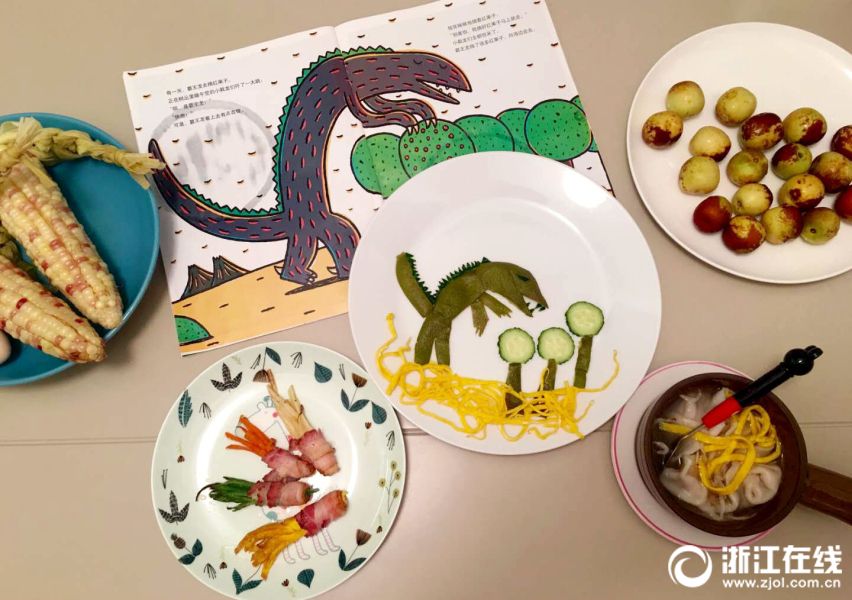
Xu Shubei makes breakfast for her three-year-old daughter at home in Hangzhou, east China's Zhejiang Province. Every day, Xu chooses different ingredients to make breakfast based on the picture her daughter likes best.
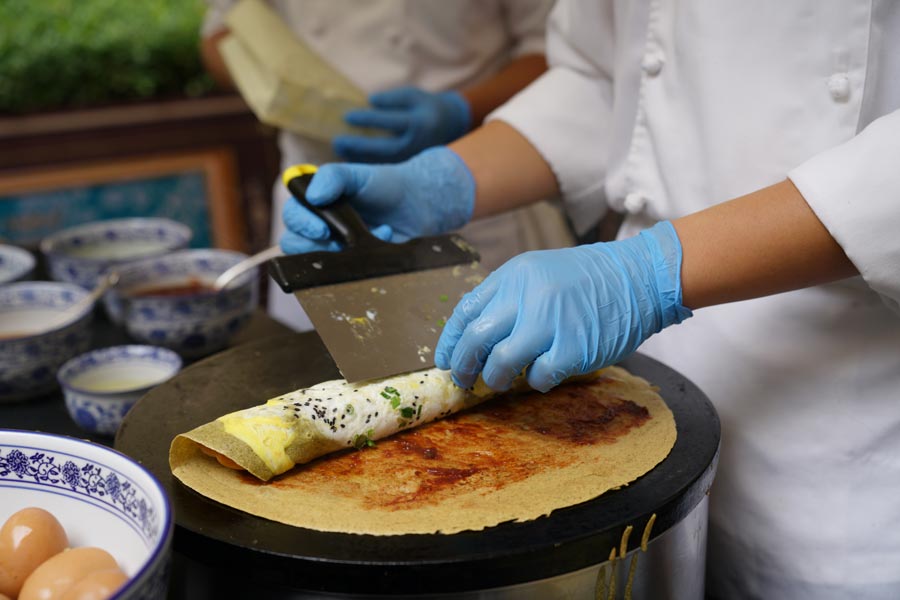
Street food is an indispensable part of Chinese cuisine culture. With the zeal for Chinese baozi and jianbing waxing overseas, street food maintains its long-lasting popularity among people at home.
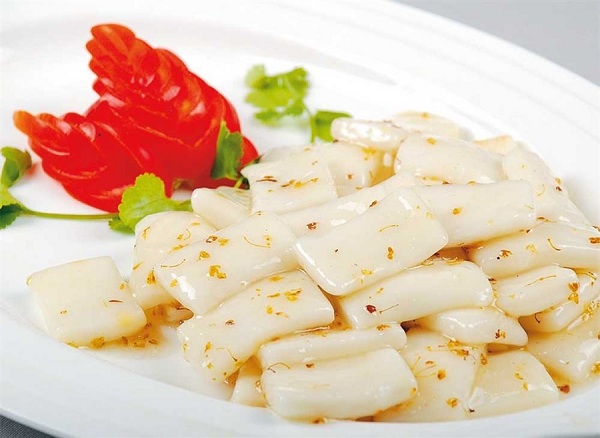
It wasn’t a case of a plague of locusts descending on Hangzhou for the National Day holiday, but it is fair to say every restaurant and eatery was packed with diners as 18.64 million visitors explored the local delicacies of Zhejiang Province’s most populous city.
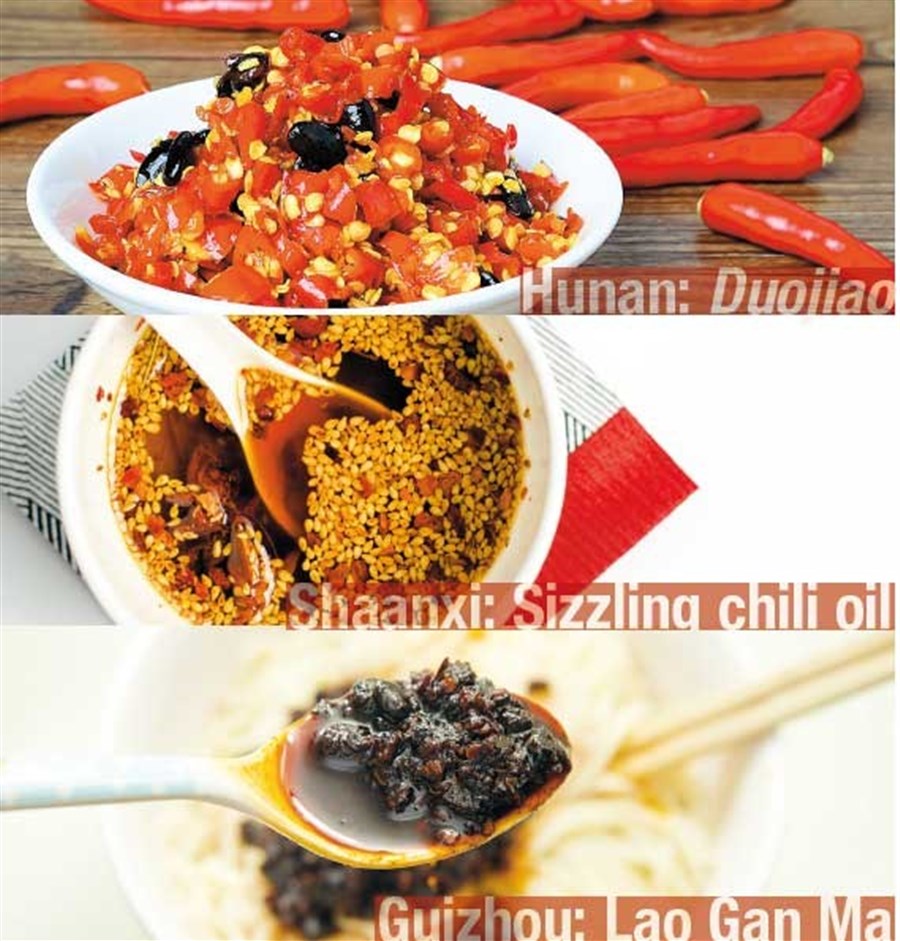
Last Saturday, thousands of people showed up at select McDonald’s stores in the U.S. to purchase the limited-time Szechuan sauce, a long-discontinued condiment for Chicken McNuggets created in 1998 to coincide with The Walt Disney Company’s animated feature film “Mulan.”

The cakes are made of flour, sugar, bean paste as well as other materials and shaped like carp fish. The carp-shaped cake originates from Fuzdhou, East China's Fujian Province, so it is called "local mooncake" in Fuzhou.

Moon cake is Chinese people's traditional dessert during the Mid-Autumn Festival, which falls on the 15th day of the 8th month of the Chinese lunar calendar, or Oct. 4 this year.
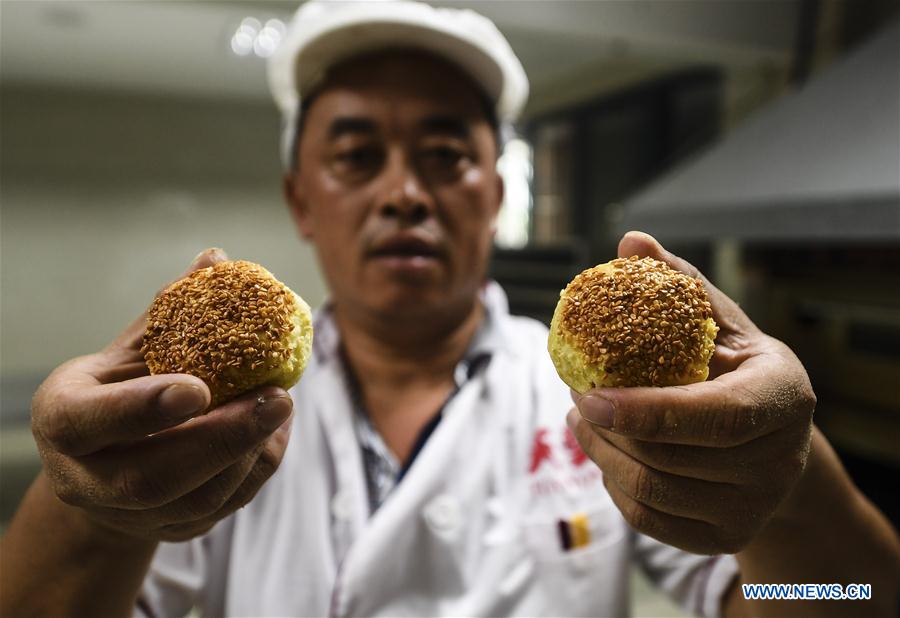
The renowned local snack has more than 1,500 branches all over China.
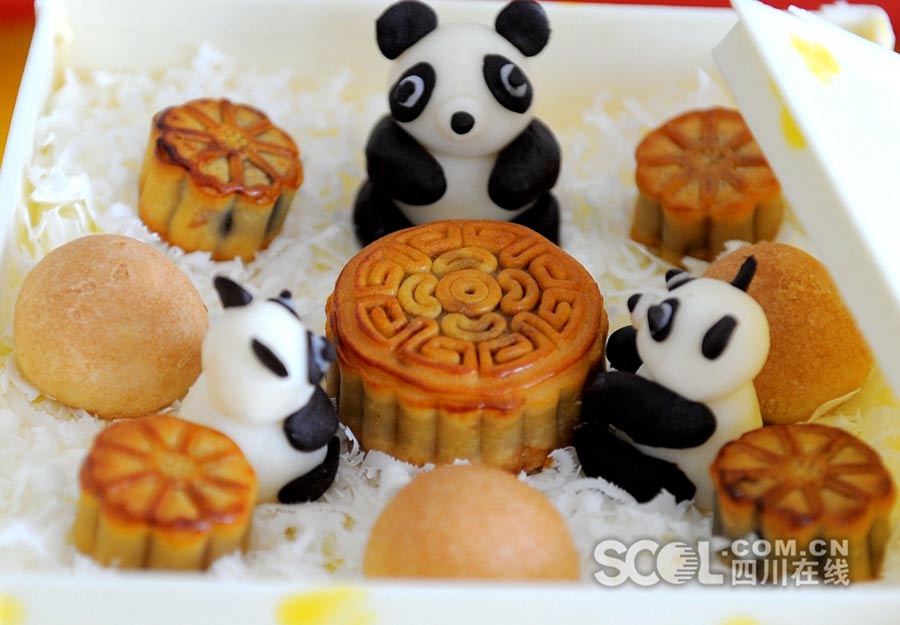
The 17th Mid-Autumn Food Expo kicked off in Chengdu, southwestern China’s Sichuan province, on Sept. 19. Major moon cake producers gathered at the event, trying to expand their market share.
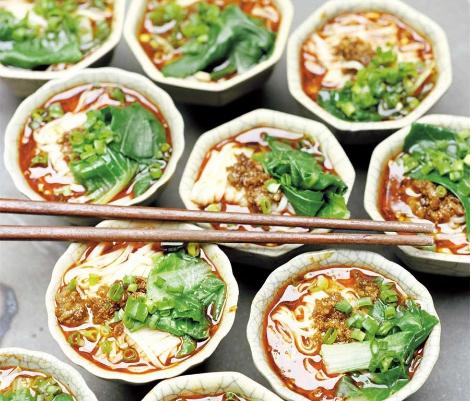
To most Chinese people, noodles are the one staple that’s considered a necessity of life. The oldest trace of Chinese noodles was a 4,000-year-old find unearthed at the Lajia archeological site in northwestern China.
Congee is not only one of China’s most popular breakfast dishes but also a regular accompaniment to other side orders eaten throughout the day.